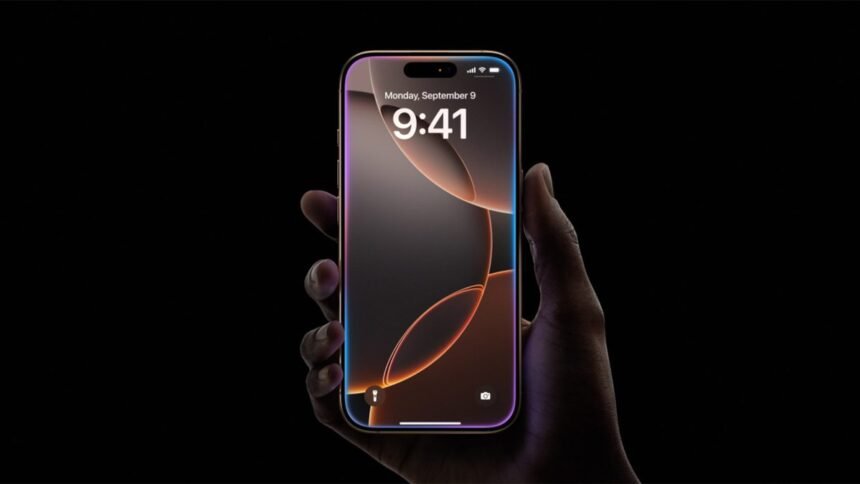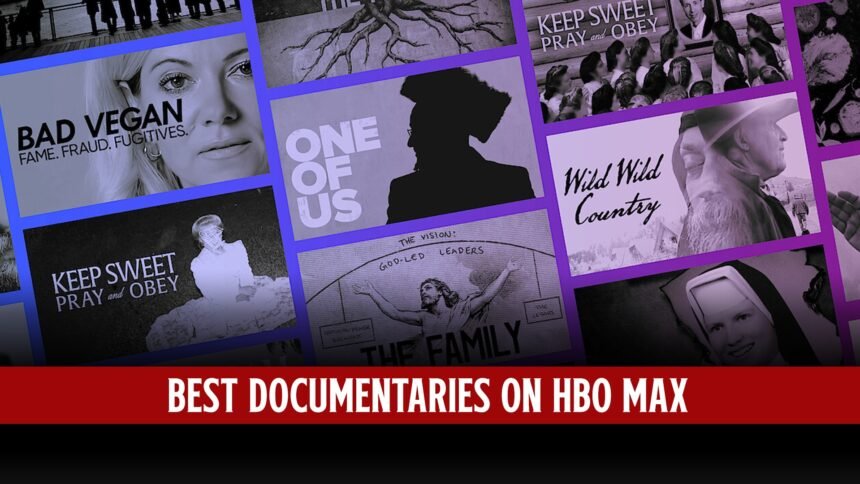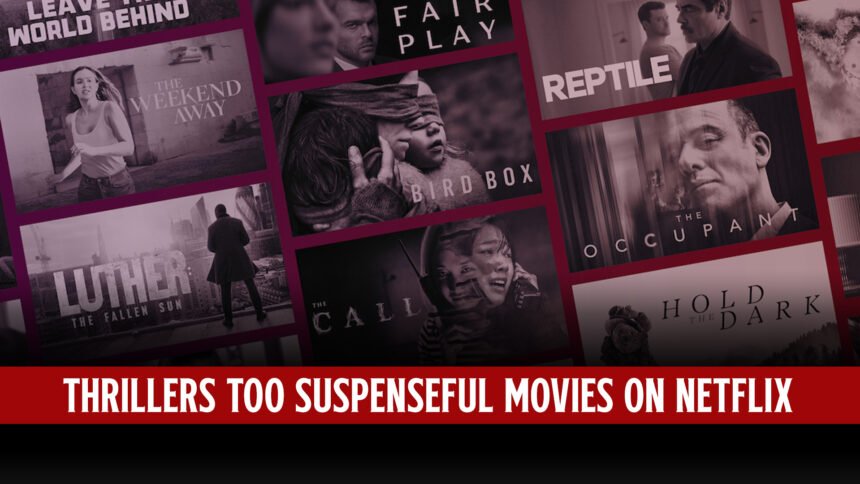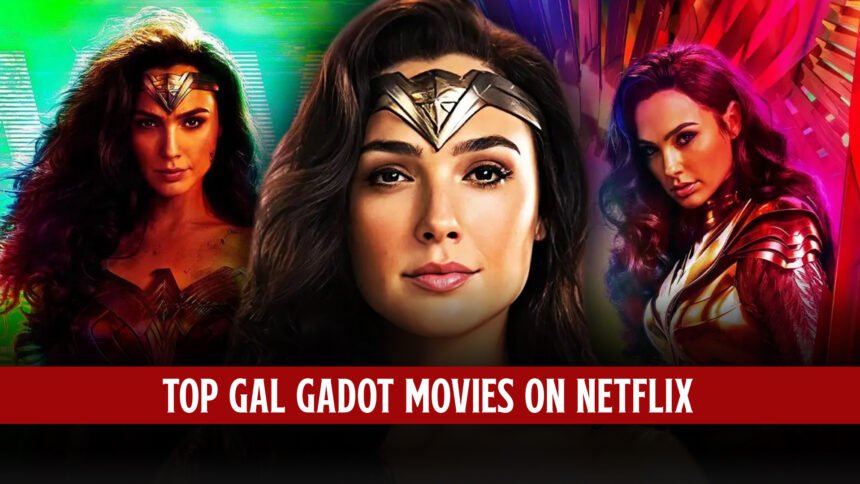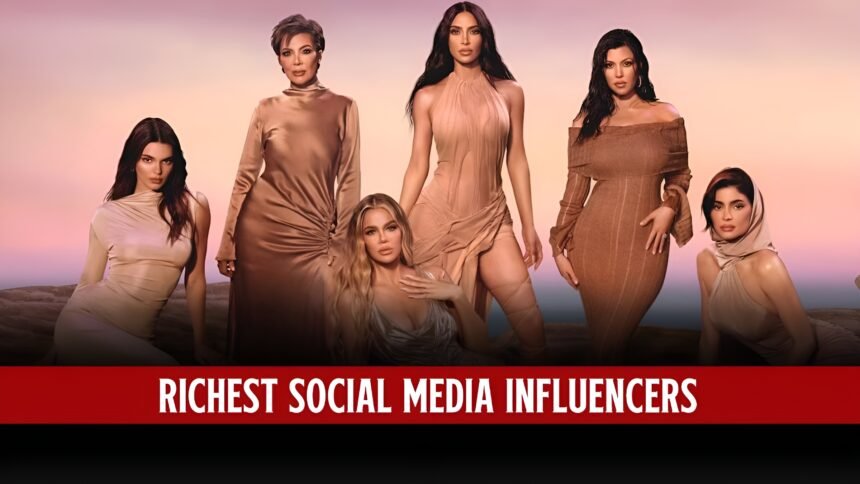Facebook’s parent company, Meta, is reportedly testing a paid verification program, offering a verified badge, proactive account protection, account support access, and increased creator visibility and reach. The program, called “Meta Verified,” will initially be available in Australia and New Zealand and will cost $11.99 per month on the web or $14.99 per month on iOS and Android. The latter covers the respective App Store fees.
Meta Verified Program
According to Meta, the new program aims to help up-and-coming creators to grow their presence and build their community faster. Two of the most requested features by creators are better access to verification and account support, while creators are always looking for more ways to increase their visibility. Meta hopes to learn from the gradual test in Australia and New Zealand and bring Meta Verified to the rest of the world soon.
However, the value of the Verification Badge is that it’s only given to profiles deemed noteworthy. As soon as anyone can buy one, that key value is immediately diminished. Twitter has faced this problem, with a heap of random accounts now having a paid verification badge, which only makes them look desperate for recognition, as opposed to being somebody of note that may have a more insightful or knowledgeable opinion.
On the other hand, many people have criticized how verification badges were allocated in the past, leading to confusion and misinterpretation of what verification means. Meta’s ballooning Metaverse costs have forced it to consider new types of income, and the new program might help broaden its horizons. Twitter Blue has around 300,000 subscribers, and Snapchat+ now has 2.5 million paying members. Meta could use the extra revenue, but only a small fraction of its users are likely to consider it.
The new program also includes exclusive stickers on Facebook and Instagram Stories and Facebook Reels, and 100 free stars a month on Facebook to support other creators. Snapchat+ offers subscribers a range of in-app customizations, which Meta is looking to latch onto while encouraging the use of Stars creator donations.
In conclusion, while some creators may find the new program a professional cost, it remains to be seen how many people can afford to pay for Twitter Blue, Meta Verified, and Snapchat+. Although there is a limit, extra reach and direct account support will likely be enough to win over at least a few thousand creators.
Additionally, some may argue that paid verification may only benefit those already established or have a significant following rather than truly helping up-and-coming creators, as Meta claims. It may further exacerbate the disparity between those who have already gained success on the platform and those who still need help to do so.
On the other hand, Meta’s decision to explore new revenue streams is understandable, given the company’s ballooning Metaverse costs and the impact of Apple’s ATT update on its ad business. It remains to be seen whether paid verification will be a viable solution to these challenges or if it will face a similar fate as Twitter’s paid verification scheme.
Moreover, introducing exclusive stickers, free stars, and increased visibility for verified creators may attract some users. Even a small fraction of Meta’s massive user base may be willing to pay for these additional benefits.
Overall, it will be interesting to see how Meta’s new paid verification program will fare in its initial test run in Australia and New Zealand. If successful, it may pave the way for a wider rollout of the program globally, as Meta seeks to diversify its revenue streams and continue its growth in the competitive social media landscape.
